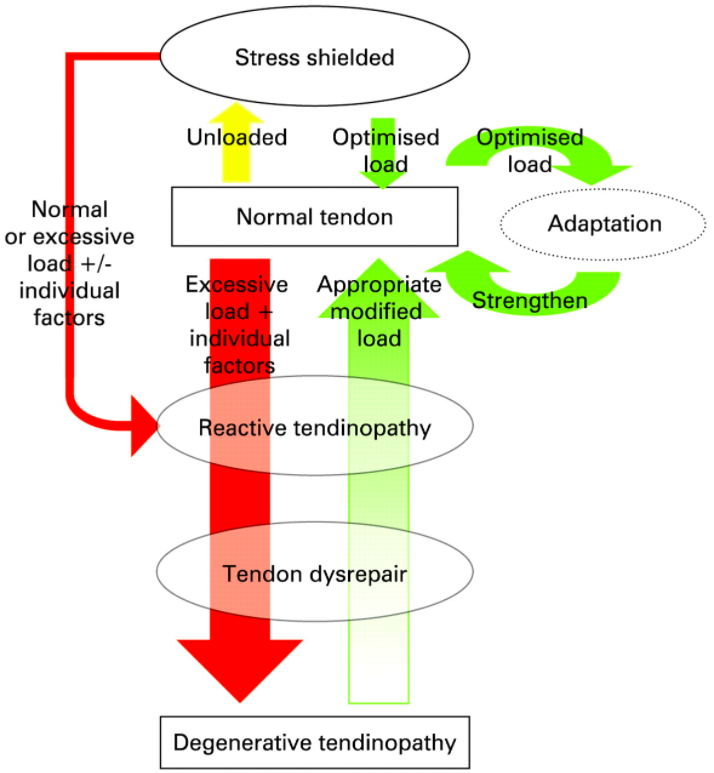Tendon pain (aka tendonitis) is really common among runners, swimmers and cyclists. Runners are often affected at the Achilles tendon in the heel or the patellar tendon in the knee. Swimmers get tendon pain in the rotator cuff of the shoulder and cyclists in the hamstring tendon just by the sit bones.
Today we’re going to talk about the structural changes that occur within the tendon that often lead to tendon pain. We’ll also be unpacking the different terminology used in relation to tendon pain such as tendonitis, tendinopathy, tendinosis etc.
Would you like your running or triathlon questions featured in a future episode?
Just click the button to leave me a voicemail…
I wrote a 3 part blog series a while back on tendon pain:
Tendonitis in Runners
Tendonitis Treatment for Runners
Achilles Pain with Running
Discussed in this episode…
- What’s a Tendon?
- How do you know if you have a problem with your tendon?
- Tendon Degeneration
- The Continuum Model of Tendon Pathology
- Why do Tendons break down?
- Tendonitis, Tendinosis or Tendinopathy?
Tendon Pain Diagnosis
- Tendon pain usually affects: Achilles, Patella, Gluteal, Hamstring
- Tendons connect muscles to bones and are bundles of collagen
- The pain must be localized and load dependant

Structure
- Tendons are bundles of collagen fibres (like a steel wire)
- Collagen fibres are collected together as fascicles
- We have an interfascicular matrix between these bundles
- These fascicles can slide past each other within the tendon

Structural Pathology
- People with tendon pain usually show signs of structural changes on ultrasound scans
- Collagen disorganization, new blood vessels and nerves (neurovascularization)
- We don’t know exactly why this happens but it has been proposed that loading the tendon in excess of it’s capacity may initiate the structural breakdown

The Continuum Model (Cook 2009)
- Reactive Tendinopathy
- Acute irritation of a normal tendon
- Tendon “plumps up” to increase it’s cross sectional area
- Tendon Dysrepair
- Tendon can’t adapt to loading demands
- Collagen disorganization begins as well as neurovascularization
- Probably reversible
- Tendon Degeneration
- Same as dysrepair but more advanced

Interfascicular Matrix
- Just last year Cook and Screen proposed a role of the interfascicular matrix in the early development of tendinopathy
- The theory is that repetitive loading causes sliding of the fascicles
- If this causes too much stress on the IFM then it will break down
- Breakdown of the IFM leads to more stress on the fascicles
- This causes loading of the fascicles in excess of their capacity and leads to collagen disorganization and neurovascularization
Terminology
- Tendonitis
- Initially, inflammation was thought to be the cause of tendon pain and term tendonitis was coined
- Later discovered that tendons don’t follow the typical healing pattern
- Letting nature take it’s course doesn’t help
- Ice, rest and anti-inflammatories don’t help
- Tendinosis
- Disorganization of the collagen
- Vascular ingrowth
- Neural ingrowth
- Tendinopathy
- The term tendinopathy came into vogue recently
- It’s more of an umbrella term for tendon pain
Music By The Passion HiFi